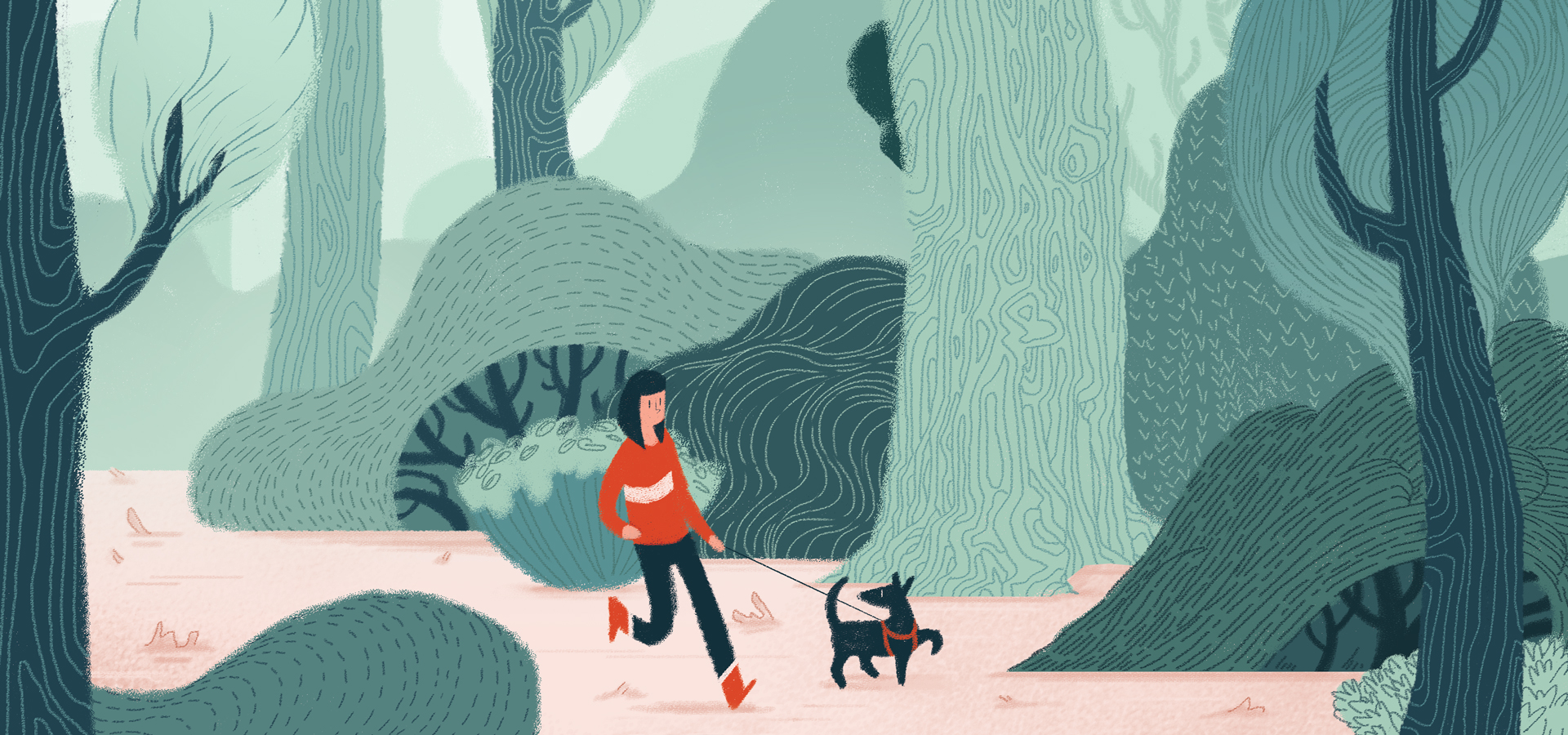
Learn How to Keep your Trees Healthy and Thriving
Meet the tree whisperer.
-
CategoryPeople
-
Illustrated byChristine Georgiades
Whether it’s a pine dying from bark beetle disease or a drought-stressed tree toppling over, many of us have mourned the loss of mature trees on our property over the past few years. Michael Frilot has ardently worked for the past 40 years to prevent that with his Reseda-based company Arbor Solutions. Here VB editor Linda Grasso chats with him about nurturing show-stopping trees.
 Bark beetle disease has been a problem in the Valley. How do you know if a tree has it?
Bark beetle disease has been a problem in the Valley. How do you know if a tree has it?
Bark beetles like to attack pine and spruce trees. And most prefer stressed, weakened trees like those suffering from a drought.
Some bark beetles attack from the top down. You’ll notice the needles at the top turning brown. Often by the time you see this, it is too late to save the tree and it has to be cut down or it will fall.
The western bark beetle kills a tree from the inside out. It starts at the trunk and works its way to the top. Then you’ll see sap coming out. Then all the insects come, and if the tree remains untreated, it will die.
Turpentine beetles, on the other hand, attack at the base of the tree. Again, you’ll see sap coming out.
How does one prevent bark beetle diseases?
Mulch and irrigate properly. Mulch is the best natural insecticide or fungicide you can find.
What is the best thing you can do for your trees?
Mulch. Trees love decomposed plant material. Think about when you go into a forest—there’s a layer of three or four feet of decomposed natural material. That’s how trees thrive.
So how can we mimic that here?
Put leaf litter in a compost bin or keep your leaves under the tree. Then add mulch, maintaining two to four inches at all times. I replace mulch one to two times a year—and I toss in my coffee grounds.
What about manure?
I’m not a fan of things like steer or chicken manure. Or bone or blood meal for that matter. A little bit of manure is okay but manure is full of salt and that’s not great for a tree.
What should we avoid with trees?
Sprinklers that spray the trunk. Don’t plant anything within two to three feet of the trunk. Put mulch or decomposed wood or bark under a tree and use soaker or drip hose.
What about watering?
Over- or under-watering is another problem. Read up on your trees and give them the amount of water they require. Often people turn off their irrigation in the winter, but some of our winters have been dry and certain types of trees have needed irrigation. Even an oak, which is drought tolerant, needs a certain amount of water in the winter.
Trees like redwoods can really struggle in the summer. You have to water a redwood two to four hours once a week in summer and you need to make sure that the water penetrates. That’s why mulch is so important. It opens the pores of the soil so it can absorb the water.
Where is the best place to plant a tree?
Not in the middle of a lawn! Typically people fertilize their lawns with 20% nitrogen. High levels of nitrogen are not good for the long-term health of trees. I rarely use more than 5% nitrogen. And if the tree is planted in the middle of a lawn, sprinklers spray the trunk.
How frequently should we prune?
Every two to three years or every two to five years, depending on the species, location and age of the tree. The older trees get, the more frequently they need attention.
What can you do to boost production on fruit trees?
With most low-producing fruit trees the issue is pollination. I suggest planting things nearby that attract bees and birds like African basil or bee balm.











